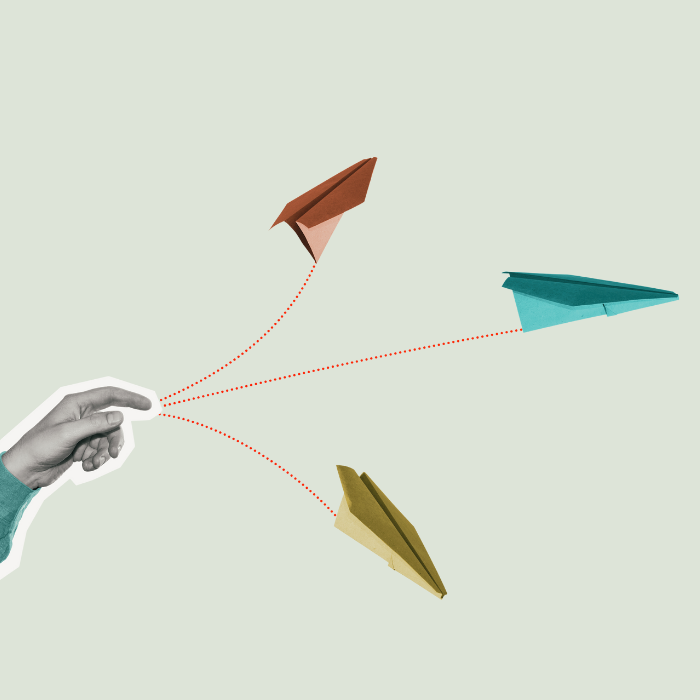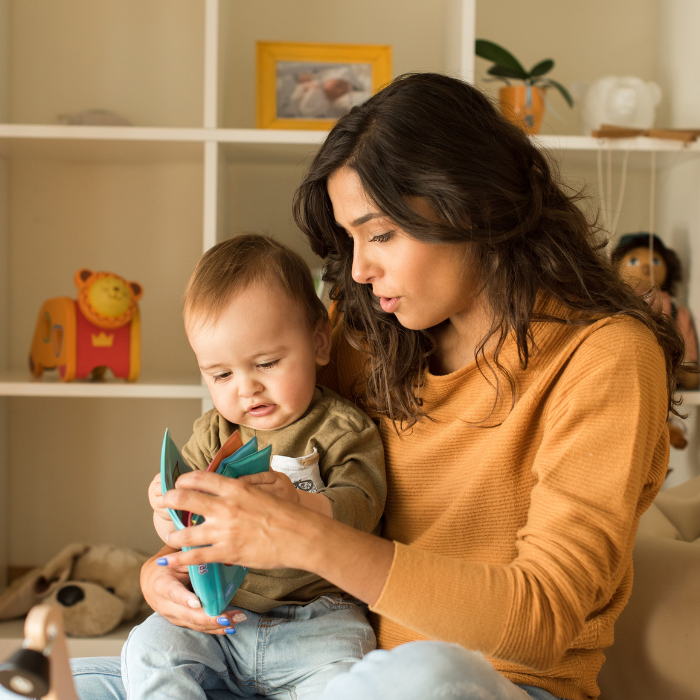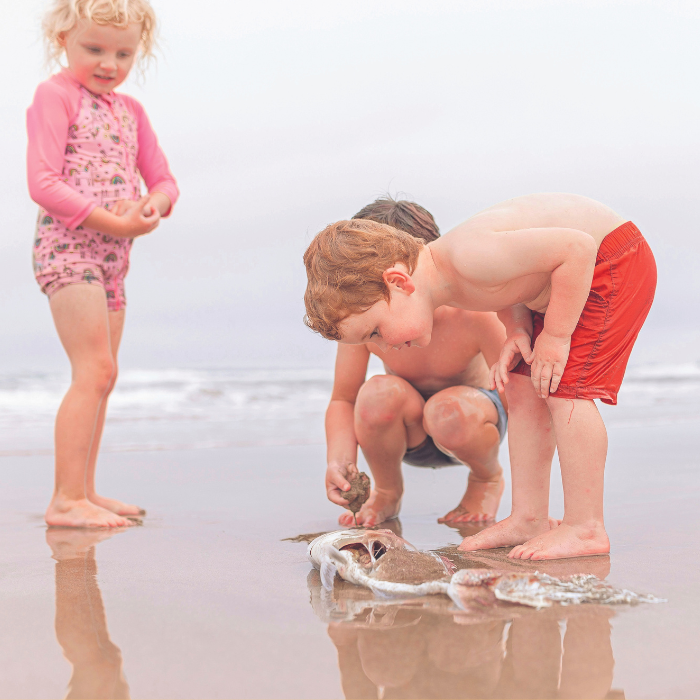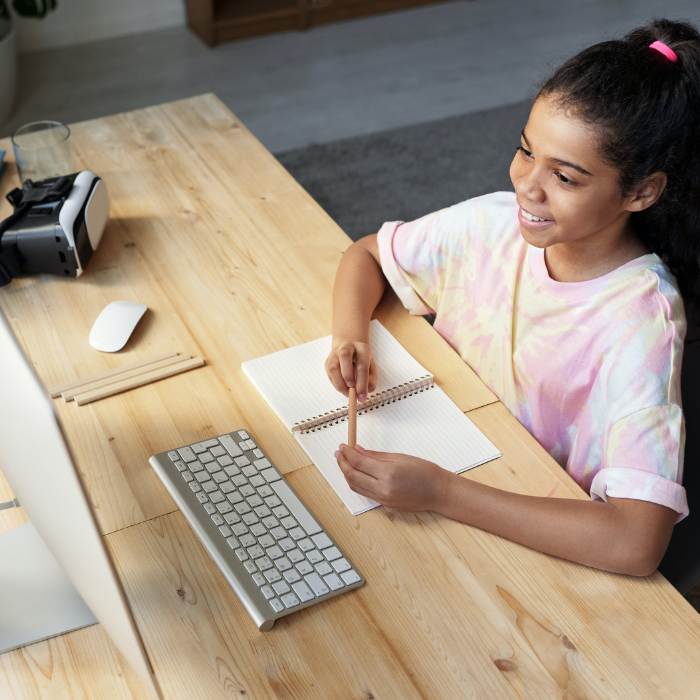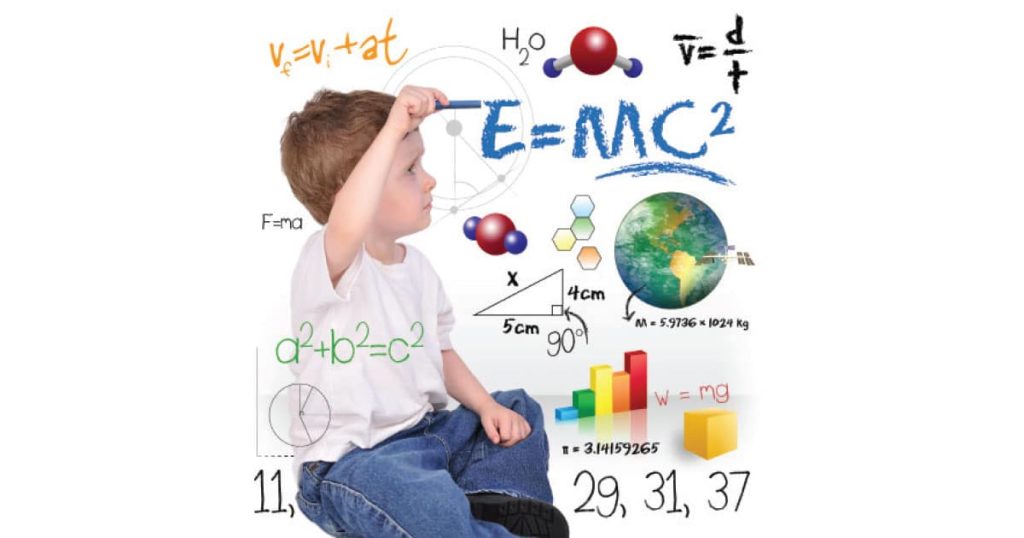
Looking at maths in a new light will help you teach your child to understand that it isn’t just number crunching – it’s an exciting way to make sense of our everchanging world.
Maths is the future. That’s what I was told recently and I instantly thought, “Yuck, how boring.” (I am a writer – I use maths to number my pages and that’s about it.) Even when I was a teacher, I struggled to be enthused about maths. But the stuggle is over: now, I’m singing its praises. Why? Because maths is perhaps one of the most important skills we can equip our children with for the future; with maths, they can understand the world – they could even change it.
A NEW WORLD OF MATHS
When my parents were young, they went to school to train for specific jobs. They knew they needed certain skills to go to university; be a nurse or teacher; to do a trade; to manage a farm. For our children, it’s not so straightforward. Many of their future jobs don’t even exist yet: technology is moving rapidly and changing the world along with it. That leaves us with a problem. What do we teach them? What skills will they need?
FACT OR FICTION
I remember teaching one of my classes how to Cut and Paste using an ancient Word programme on an equally ancient computer. When I think now about how much time we spent doing that it seems ridiculous. If I had the same age class again, they would probably be creating their own web-page! Technology isn’t the only thing that changes – even scientific facts change with new research. This is why the content that we teach our kids is far less important than the skills of learning to learn. If a young person can research, investigate, test ideas, be curious, and be willing to adapt to new learning, then that will be more useful to them than a memorised list of facts.
MATHE-MAGICS
So why is maths so important? Well, with my maths track history, I thought I’d better ask an expert to answer that for us. Physicist and mathematician, Sean Gourley, has gone all over the world with a career in maths: he has used it to analyse war in Iraq, track disease outbreaks in Congo and start a business in San Francisco. He says maths gives us a tool to understand the world and all the information floating around in it. Maths can help us calculate the spread of a virus, understand how drugs interact with our bodies, predict the duration of wars, stop spam from entering your inbox, or generate a list of songs made especially for you. It can be used to make millions in the financial markets or to stop the collapse of an ecosystem of wildlife. He says maths is even behind all of our understanding of the effects of global warming. Being able to understand and make sense of all the data around us is very valuable in today’s world. (Can you see why I’m enthused about maths now? Pretty exciting stuff!)
I JUST DON’T GET IT!
When children are really struggling with maths, it may simply be that they haven’t yet worked out how it relates to the real world: I know all those equations and numbers didn’t mean an awful lot to me as a child. Some children love number crunching for the sake of it, but for the rest of us, we need to make maths practical. Whether it’s taking maths outdoors and measuring how far you can jump, or running a stall and handling the money, real life maths is vital. Gourley explains that mathematics is a language used to describe the world around us: both an understanding of the language and an understanding of the world are needed to be good at maths.
PRACTICAL MAKES PERFECT
Maths can be so much more fun and practical than we think. Everyday tasks can provide opportunities to play maths with children. With my teenage daughter, we used shopping and discounts as a math motivator. Even a boring wait in a queue can become entertaining with a simple math game.
Try this guessing game Gourley used to play as a child: at the back of the movie theatre queue with his parents, he would try to estimate how long it would take to get inside, how fast they were moving and how far they had to go. Even if the kids (or adults for that matter) don’t come up with realistic answers, by the time you make your estimations, you will be a lot closer to the front of the queue than when you started.
AGES AND STAGES
under-5s
- Playing is learning:
- Water play – try using a container with holes in the bottom, different sizes of containers for pouring, or sponges. If we pour water into a different shaped container, is it still the same amount?
- Sorting – preschoolers love to do what you’re doing, so when you’re doing the laundry, let them help you sort clothes into simple piles (one for socks, one for pants, etc) or encourage them to sort the pegs into different coloured piles.
5- to 7-years
- Explore and discover in the real world:
- Build a hut or obstacle course outdoors – plan, measure, estimate and use logic to make their design work.
- Make repeating patterns with shells and stones. You could press finished designs into sand or make them into a mosaic tile.
8- to 12-years
- Relate it to them and their interests:
- Using Maths series by Ticktock: Maths Puzzles in real-life themes (e.g., “Be a Zookeeper”, “Climb Everest”, “Win a Grand Prix”).
- Number Cruncher Game: try to get to the right number in as few steps as possible: www.sciencenetlinks.com/interactives/numbercruncher.html
- Encourage them to run a stall or a small business. Help them work out the cost of materials and prices to make a profit. They could even hire you as staff.
WOW! THAT’S MATHS?
Try this amazing maths activity and see if anyone can work it out!
You need a felt pen and scissors, and a strip of paper or light cardboard (about 3-8cm wide is easiest). Tape the ends together but turn the strip before you tape
it (so that there is a twist in your circle). A felt pen and scissors.
Trick 1: Say “How many sides does this have?” (They will say two.) Draw a line all the way around the circle without taking your pen off the paper. It only has one side!
Trick 2: Say “If I cut this in half, how many circles will I have?” Cut down the middle of the strip all the way around the circle. It makes one
big circle.
Trick 3: Say “How many circles will I have if I cut it again?” Cut again down the middle of the strip. It makes two circles joined together. This maths trick is called a Mobius strip.
Kelly Eden-Caloctt is a mother of three and freelance writer, trained in Education and Child Development.




